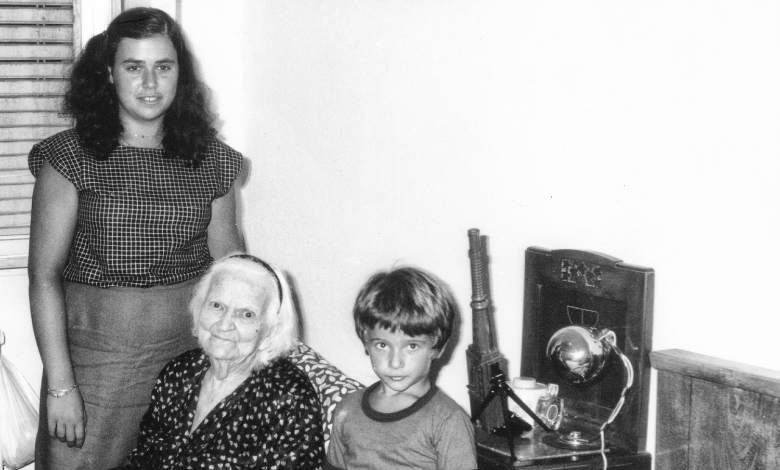Discover the story behind Cicely Tyson’s groundbreaking 1973 Jet Magazine cover, its cultural impact, and her timeless legacy.
What You'll Discover:
Cicely Tyson: A Trailblazer of Elegance and Empowerment
Cicely Tyson was more than just an actress; she was a force of nature, a pioneer, and an icon who shattered barriers for Black women in Hollywood. But one particular moment in her illustrious career stood out—a 1973 cover of Jet Magazine that became a cultural milestone. This article dives deep into the significance of that cover, the era it represented, and how Tyson’s legacy continues to inspire generations.
The 1973 Jet Magazine Cover: More Than a Picture
Jet Magazine, founded in 1951, was a publication designed to spotlight Black culture, news, and achievements at a time when mainstream media largely ignored such narratives. By 1973, Cicely Tyson was already a celebrated actress, known for her powerful performances in films like Sounder and her advocacy for meaningful roles that portrayed Black women with dignity.
The Jet Magazine cover featuring Tyson was not just an image of her—it was a statement. Dressed in a stunning Afrocentric outfit, her natural hair styled impeccably, she radiated pride and power. At a time when the Civil Rights Movement was fresh in the collective memory and the Black Power Movement was still shaping societal discourse, Tyson’s image on Jet symbolized a shift in cultural representation.
Why 1973 Was a Turning Point
Cicely Tyson’s Career Milestones
In 1973, Tyson was riding high on the success of Sounder, a film that earned her an Academy Award nomination for Best Actress. It was a rare achievement for a Black woman during an era when Hollywood was reluctant to give Black talent leading roles, let alone recognize their brilliance with top accolades.
Her performance in Sounder wasn’t just acting—it was a revelation. Critics and audiences alike praised her for bringing depth and authenticity to the character of Rebecca Morgan, a sharecropper’s wife who embodied resilience and love.
The Broader Cultural Landscape
The early 1970s were a time of cultural awakening for Black America. The Civil Rights Movement had paved the way for a new sense of identity and pride, while the Black Arts Movement celebrated African American heritage through literature, music, and visual art.
In this environment, Tyson’s image on the cover of Jet Magazine became more than a personal achievement—it became a beacon of representation.
Breaking Down the Iconic Cover
The Visual Elements
Tyson’s 1973 cover exuded elegance and authenticity. Her Afro, perfectly coiffed, was a powerful nod to natural Black beauty—a statement against Eurocentric beauty standards that had long dominated media.
Her outfit, a mix of traditional African-inspired patterns and modern flair, was equally significant. It reflected the growing Pan-African movement and the desire among African Americans to reconnect with their roots.
The Messaging
Cicely Tyson’s presence on the cover wasn’t just about beauty; it was about boldness. She wasn’t afraid to embrace her heritage, challenge societal norms, and demand recognition for her talent.
The accompanying article delved into her philosophies on acting, her refusal to take on stereotypical roles, and her commitment to uplifting her community.
Cicely Tyson’s Legacy: A Lasting Impact
Pioneering Representation
Tyson’s career choices were deliberate. She turned down roles that she felt perpetuated harmful stereotypes and sought out characters that reflected the full humanity of Black women. This approach wasn’t just radical; it was transformative.
Thanks to her influence, many actresses today, from Viola Davis to Lupita Nyong’o, have cited Tyson as a trailblazer who paved the way for more nuanced and empowering portrayals of Black women in film and television.
Her Contribution Beyond Acting
Tyson was also a mentor, philanthropist, and advocate. She used her platform to support educational initiatives and uplift underprivileged communities, ensuring her legacy extended far beyond the screen.
How Jet Magazine Amplified Black Excellence
A Platform for Change
Jet Magazine wasn’t just a publication; it was a cultural institution. In the 1950s, ’60s, and ’70s, it provided a platform for stories that mainstream media ignored, from Civil Rights leaders to rising stars in entertainment.
Tyson’s appearance on the cover was a testament to the magazine’s commitment to showcasing the best of Black excellence.
The Enduring Influence of Print Media
Even in today’s digital age, the impact of print media from that era lingers. The Jet Magazine archives serve as a historical record of Black culture and progress, with Tyson’s 1973 cover standing out as one of its most memorable moments.
Key Takings
- Cicely Tyson’s 1973 Jet Magazine cover was a groundbreaking moment in Black cultural representation.
- The cover symbolized pride in natural beauty and heritage during a pivotal era in Black history.
- Tyson’s career choices revolutionized how Black women were portrayed in Hollywood.
- Jet Magazine played a vital role in amplifying Black stories and voices, leaving a lasting legacy.
- Tyson’s influence extended beyond acting, impacting education, mentorship, and philanthropy.
Cicely Tyson’s story is one of resilience, brilliance, and unyielding commitment to justice. Her 1973 Jet Magazine cover wasn’t just a snapshot in time; it was a symbol of hope and progress that still resonates today.





